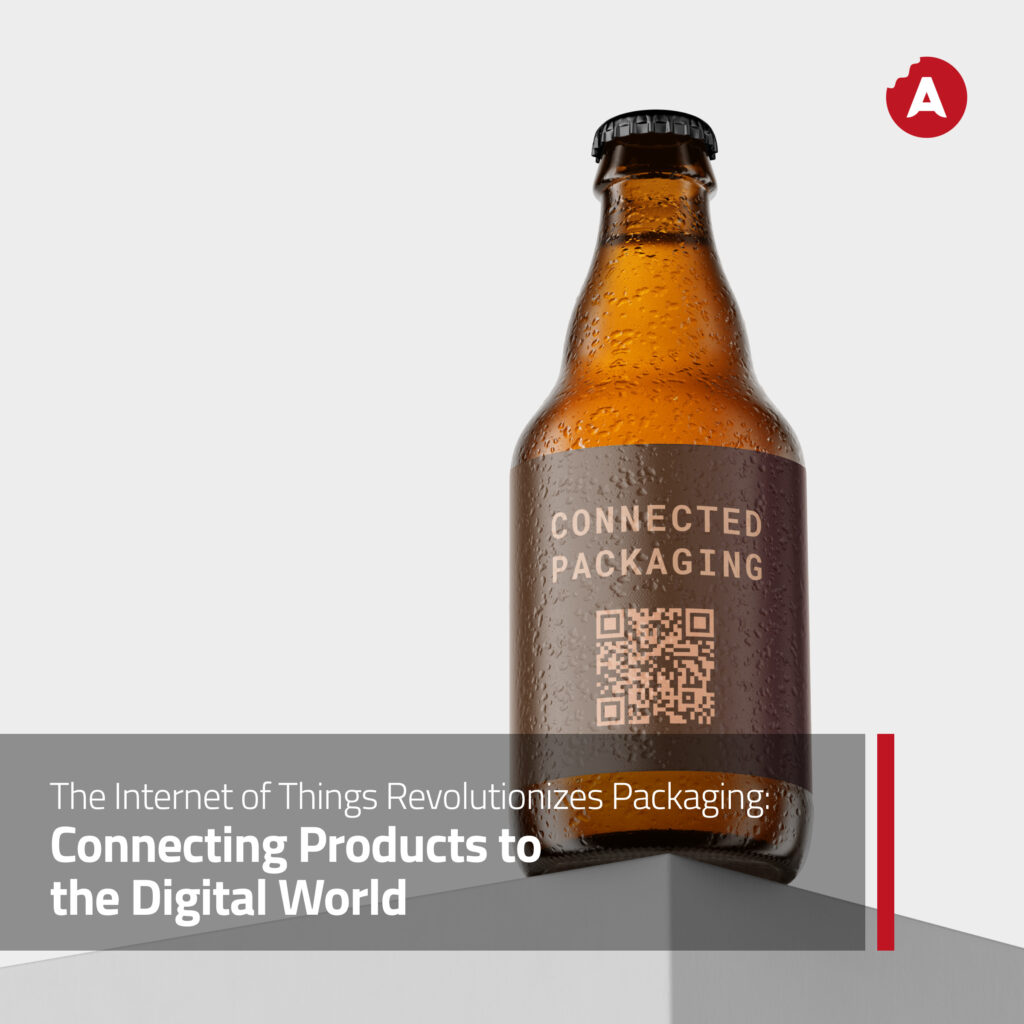
The Internet of Things (IoT) has and is transforming very different industries, and packaging is no exception. Connected packaging, empowered by IoT technology, is reshaping how brands interact with consumers and manage their supply chains. This innovative approach bridges the gap between physical products and the digital realm, offering unprecedented opportunities for engagement, traceability, and sustainability.
Enhanced Consumer Engagement
Connected packaging leverages IoT sensors and smart labels to create interactive experiences for consumers. By scanning a QR code or tapping an NFC tag, customers can access product information, authenticity verification, usage instructions, etc. This direct line of communication allows brands to forge stronger connections with their audience, providing value beyond the physical product.
For instance, a wine bottle scan might offer food pairing suggestions, exclusive discounts, or even a description of vineyard history. A pharmaceutical package could provide dosage reminders or side effect information. These interactions inform and engage consumers and generate valuable data for brands to refine their marketing strategies and product offerings.
Supply Chain Transparency and Efficiency
IoT–enabled packaging is revolutionizing supply chain management. Smart sensors can monitor a product’s journey from manufacture to retail shelf, tracking variables such as temperature, humidity, and shock. This real-time data ensures quality control, and this is particularly crucial for perishable goods or sensitive electronics.
This translates into reduced waste, improved inventory management, and smoother logistics for companies. Retailers can automatically reorder stock when shelves are low, while manufacturers can quickly identify and address issues in the distribution process. The result is a more efficient, cost-effective supply chain that benefits all stakeholders.
Sustainability and Waste Reduction
Connected packaging plays a vital role in promoting sustainability. IoT sensors can monitor product freshness, potentially reducing food waste by alerting consumers or retailers when items are approaching their expiration date. Additionally, connected packaging can facilitate consumers’ recycling efforts by providing information on proper disposal methods or nearby recycling facilities.
Some innovative companies are exploring reusable packaging systems tracked by IoT technology. These circular economy initiatives could significantly reduce packaging waste while providing brands insights into product lifecycle and consumer behavior.
Challenges and Considerations
While the potential of IoT in packaging is immense, there are challenges to consider. Privacy concerns arise from the data collected through connected packaging, necessitating transparent data practices and robust security measures. There’s also the environmental impact of adding electronic components to packaging, which must be balanced against the sustainability benefits.
Cost remains another hurdle, as implementing IoT technology in packaging requires significant investment. However, as technology advances and scales, these costs are expected to decrease, making connected packaging more accessible to a broader range of businesses.
The Future of Packaging
As IoT technology is still being developed, we can expect even more innovative applications in the packaging industry. From augmented reality experiences to advanced anti-counterfeiting measures, the possibilities are vast. Connected packaging is not just a trend; it’s a fundamental shift in how products interact with consumers and navigate the supply chain.
In conclusion, the Internet of Things is ushering in a new era of smart, interactive, and efficient packaging. By embracing this technology, brands can enhance consumer engagement, optimize their operations, and contribute to sustainability efforts. As we move forward, connected packaging will undoubtedly play a crucial role in shaping the future of retail and consumer goods industries.
